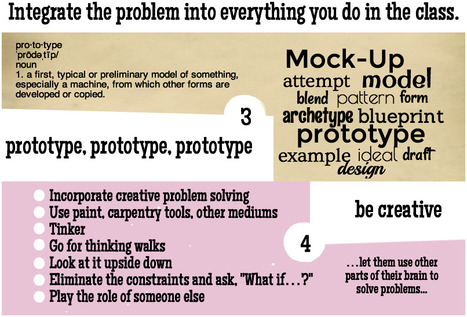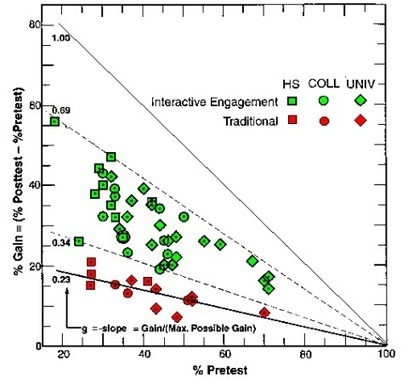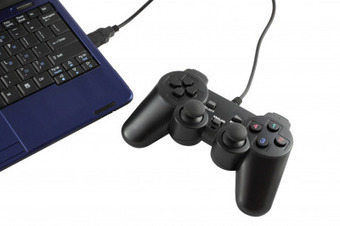Can kids solve real life problems that affect our world? Sure! Why not? Many of you know the 7 sterile steps to PBL. How about adding a little more to the 7 steps? Here are a few ideas about how to...
Research and publish the best content.
Get Started for FREE
Sign up with Facebook Sign up with X
I don't have a Facebook or a X account
Already have an account: Login
Tech tools that assist all students to be independent learners & teachers to become better teachers
Curated by
Beth Dichter
 Your new post is loading... Your new post is loading...
 Your new post is loading... Your new post is loading...
|
|












Check out this great visual on Problem Based Learning (PBL)from Mia MacMeekin. It provides a look at the seven steps found in PBL. For each step she provides a number of ways for students to think about the specific process. What are the seven areas?
1. Start with a real life problem
2. Map it out
3. Prototype, prototype, prototype
4. Be creative
5. Think global
6. Join a challenge
7. Set goals
8. Create learning moments
Along the way she also makes some suggestions on what you should be doing as a teacher. If PBL is new to you (or your students) this would be a great visual to have your students recreate, where they may change words and add images to make it their own. Then hang it in your classroom and support them as they become experienced at problem based learning.